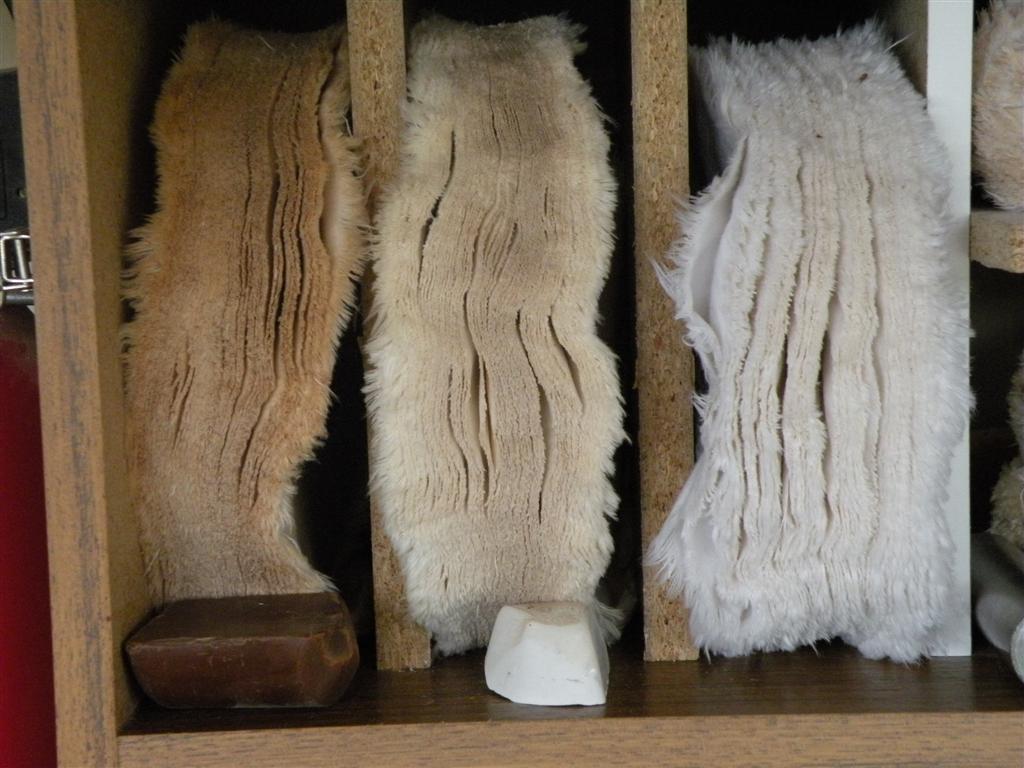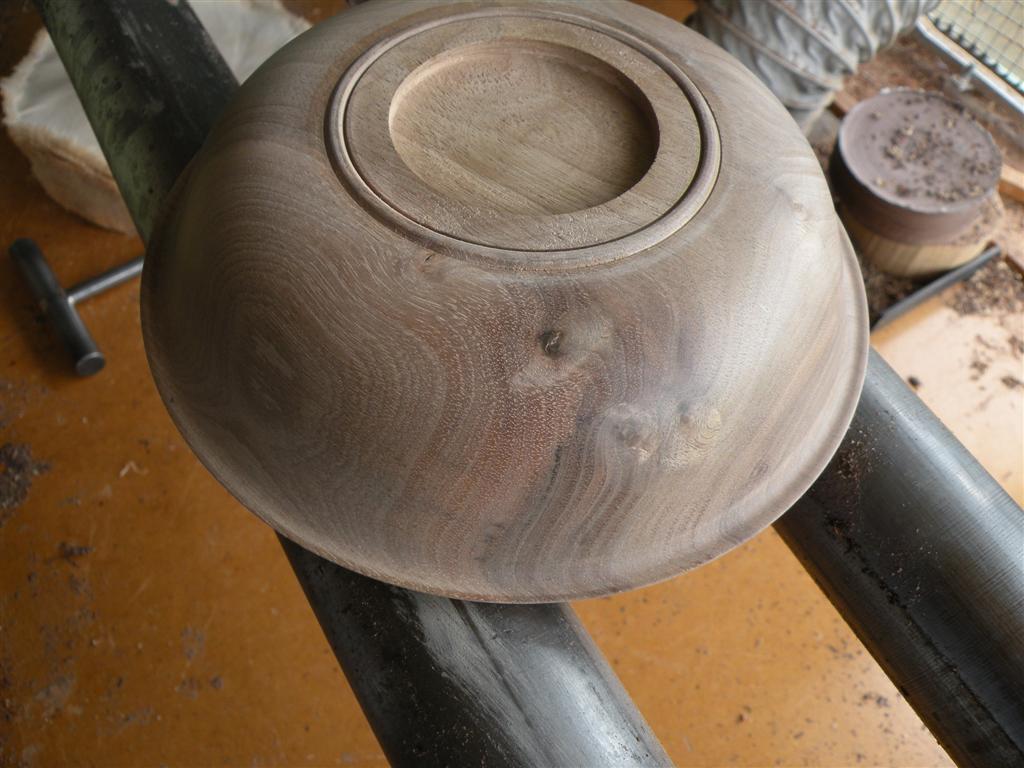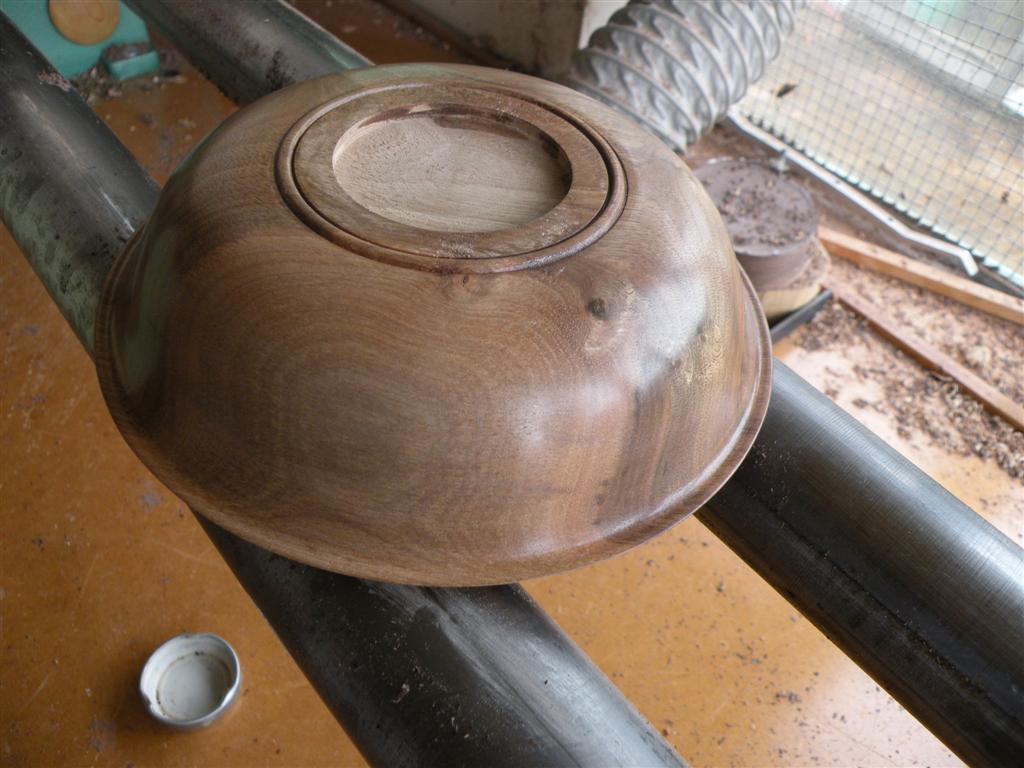henton49er
Established Member
I have invested in a Chestnut Buffing System, but so far have not been impressed with the results I get with it. I always use all three wheels with their appropriate compounds in the usual order, but at the end I do not have a good deep shine, and there are sometimes wax deposits at the edges. Also some of the fibres from the final wheel seem to adhere to the turned item, particularly at edges and corners.
There is no indication on speed required for the buffing operation. I estimate that I am running my lathe at around 800 rpm. I follow the instructions for using only a small about of the B compound (the white one). I don't tend to press the work to hard into the buffing wheels, but hard enough to be able to see some distortion in the wheel's profile.
Can anyone provide me with guidance on what I might be doing wrong.
Thanks in advance.
There is no indication on speed required for the buffing operation. I estimate that I am running my lathe at around 800 rpm. I follow the instructions for using only a small about of the B compound (the white one). I don't tend to press the work to hard into the buffing wheels, but hard enough to be able to see some distortion in the wheel's profile.
Can anyone provide me with guidance on what I might be doing wrong.
Thanks in advance.














































